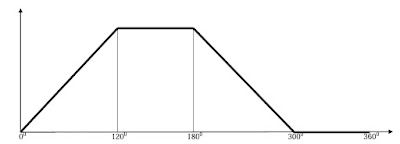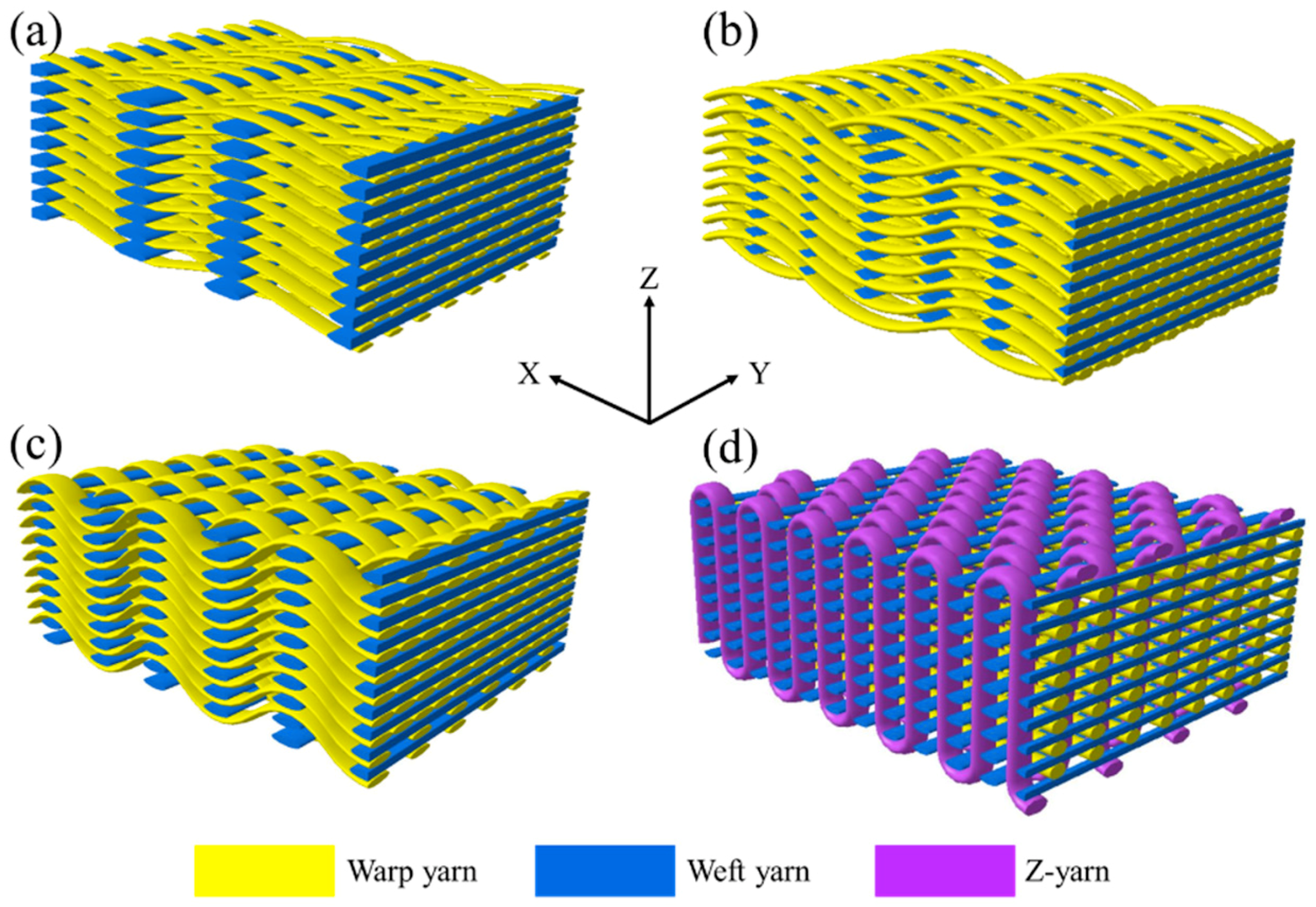Emdadul Haq
Lecturer, Department of Textile Engineering, Primeasia University; Bangladesh
Construction of Tappet Shedding Cam for Plain weave (1/1) using the following parameters:
1. Weave design of the fabric: Plain (1/1)
2. The minimum distance between Cam and Follower or Treadle bowl centre = 3 inch
3. The diameter of Follower or Treadle bowl = 2 inch
4. Lift of the Tappet = 5 inch
5. Dwell Period = 1/3 of a pick
6. Movement pattern during rising and fall: Simple Harmonic Motion (SHM)
Calculation:
Formula Number: (1/1) Plain
Repeat Size: 2 x 2
That means, the 360° rotation of the bottom shaft, two picks are inserted; i.e.-Degree/ two Pick = 360°
Degree/ Pick = (360°)/2=180°
Dwell Period/ Pick = 1/3 x 180°=60°
So, Dwell-1/ Pick = 60° [After the formation of the first shed, one pick inserted according to weave design]
Dwell-2/ Pick = 60° [Then the formation of the second shed, also one pick inserted according to weave design]
Total Dwell Period = 60°+60° = 120°
Total Working = 360° – 120° = 240°
Working-1 = 120°
Working-2 = 120°
0° – 120° = Working-1 (Rise)
120° – 180° = Dwell-1 (Heald Lowered)
180° – 300° = Working-2 (Fall)
240° – 360° = Dwell-2 ( Heald Raised)
Steps for drawing a Tappet Shedding Cam for Plain weave:
1. Drawing a circle having its centre O and radius, OA = Minimum distance between Cam and Follower/ Treadle bowl centre = 3 inch
2. Then draw two another circle with radius,
OB = OA + Radius of Follower/ Treadle bowl = 3 + 1 = 4 inch
OC = OB + Lift of the Tappet = 4 + 5 = 9 inch
3. Now, divide the circle into four segments of 120°, 60°, 120° and 60° for Working-1, Dwell-1, Working-2 and Dwell-2 respectively.
4. Then, divide ∠COD into six equal parts by the radius of OP1, OQ1, OR1, OS1 and OT1. Similarly divide ∠EOF into six equal parts by the radius of OP2, OQ2, OR2, OS2, and OT2.
5. Draw a semi-circular on BC having its centre M and divide this semi-circle into six equal segments in which each segment is 30°.
i.e. ∠BMM1 = ∠M1MM2 = ∠M2MM3 = ∠M3MM4 = ∠M4MM5 = ∠M5MC = 30°
6. Draw a perpendicular on the diameter of BC from the points of M1, M2, M3, M4, and M5.
7. Take OM1′, OM2′, OM, OM4′ and OM5′ as a radius and draw arcs which cut the radii OT1 & OT2 at 2, OS1 & OS2 at 3, OR1 & OR2 at 4, OQ1 & OQ2 at 5 and OP1 & OP2 at 6 respectively.
8. Draw circles having a radius of AB = 1 inch which representing the follower/ treadle bowl at the centre of 1, 2, 3, 4, 5, 6 and 7 (Total 14 centres).
9. Join the inner surface of these 14 circles with a smooth curved line to get the Tappet Shedding Cam.
We can easily draw any Tappet Shedding Cam by following this calculation:
👉1. (2/1) Plain:
Repeat Size: 3 x 3; that means, the 360° rotation of the bottom shaft, three picks are inserted; i.e.-
Degree/ three Pick = 360°
Degree/ Pick = (360°)/3=120°
Dwell Period/ Pick = 1/3 x 120°=40° [Dwell Period =1/3 of a pick]
So, Dwell-1/ Two Pick = 120°+40°=160°
[After formation of first shed, two pick are inserted according to weave design]
Dwell-2/ Pick = 40°
[Then formation of second shed, one pick inserted according to weave design]
Total Dwell Period = 160° + 40° = 200°
Total Working = 360° – 200° = 160°
Working-1 = 80°
Working-2 = 80°
👉2. (2/2) Twill:
Repeat Size: 4 x 4
That means, the 360° rotation of the bottom shaft, four picks are inserted; i.e.-
Degree/ four Pick = 360°
Degree/ Pick = (360°)/4= 90°
Dwell Period/ Pick = 1/3 x 90°=30° [Dwell Period =1/3 of a pick]
So, Dwell-1/ Two Pick = 90°+30°=120°
[After formation of first shed, two picks are inserted according to weave design]
Dwell-2/ Two Pick = 90°+30°=120°
[Then formation of second shed, also two picks inserted according to weave design]
Total Dwell Period = 120° + 120° = 240°
Total Working = 360° – 240° = 120°
Working-1 = 60°
Working-2 = 60°
👉3. (3/2) Twill:
Repeat Size: 5 x 5
That means, the 360° rotation of the bottom shaft, five picks are inserted; i.e.-
Degree/ five Pick = 360°
Degree/ Pick = (360°)/5= 72°
Dwell Period/ Pick = 1/3 x 72°=24° [Dwell Period =1/3 of a pick]
So, Dwell-1/ Three Pick = 72°+72°+24°=168°
[After formation of first shed, three picks are inserted according to weave design]
Dwell-2/ Two Pick = 72°+24°=96°
[Then formation of second shed, two picks are inserted according to weave design]
Total Dwell Period = 168° + 96° = 264°
Total Working = 360° – 264° = 96°
Working-1 = 48°
Working-2 = 48°
Now, we can easily draw the tappet shedding cam above three weave design by using necessary parameters and calculated data of Working-1, Dwell-1, Working-2 and Dwell-2 as following the “steps for drawing a Tappet Shedding Cam for Plain weave”.
Texpedi.com
Check out these related articles:









This really a nice post